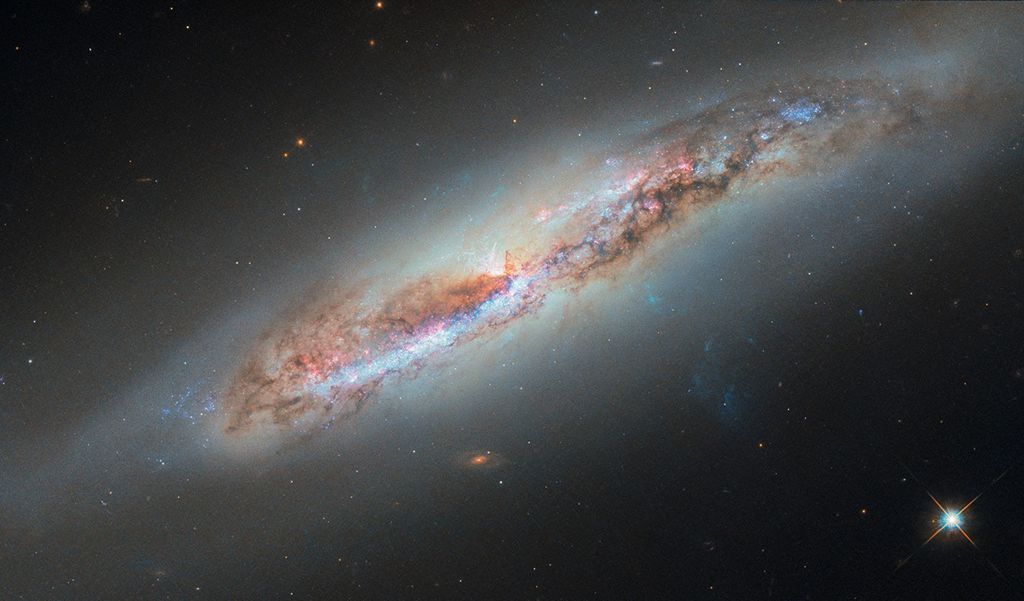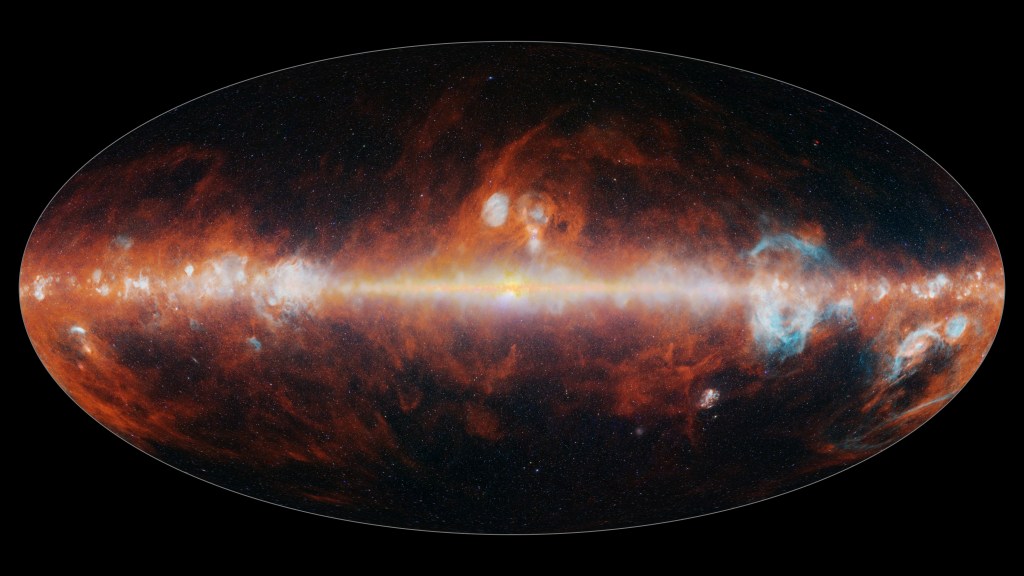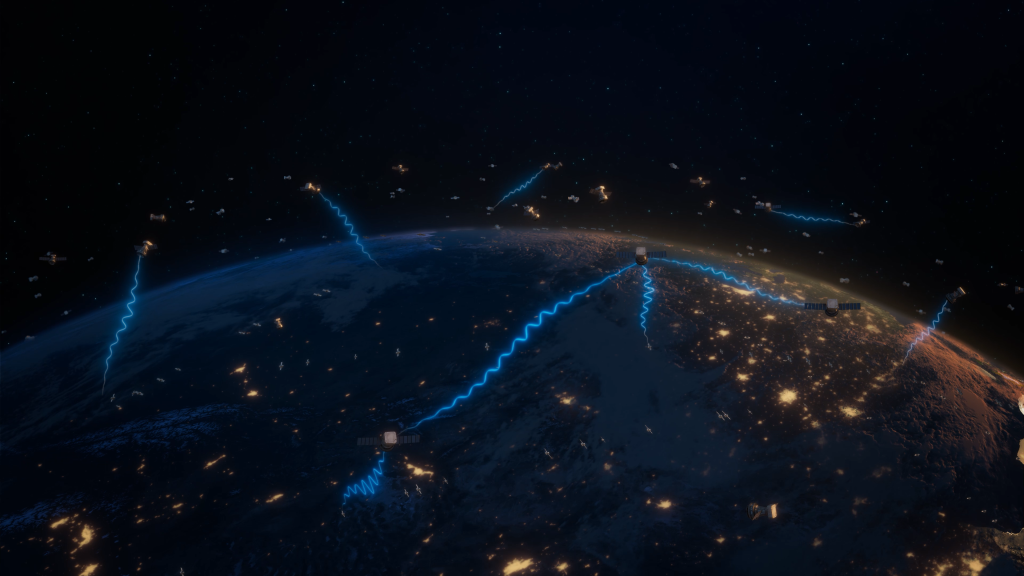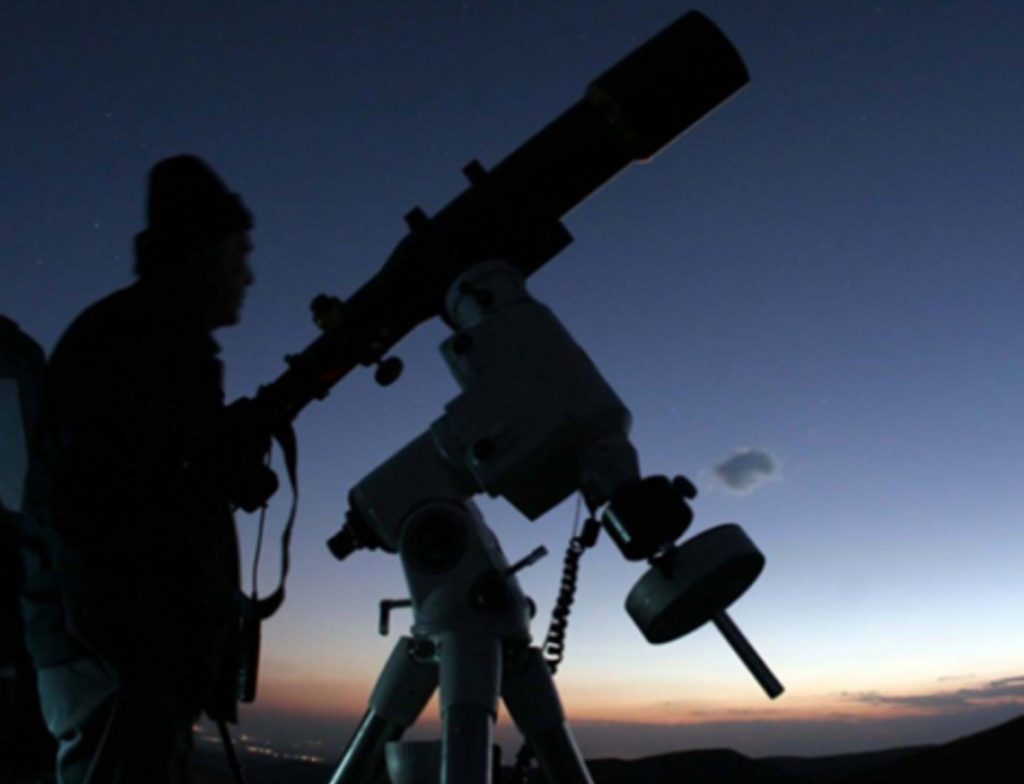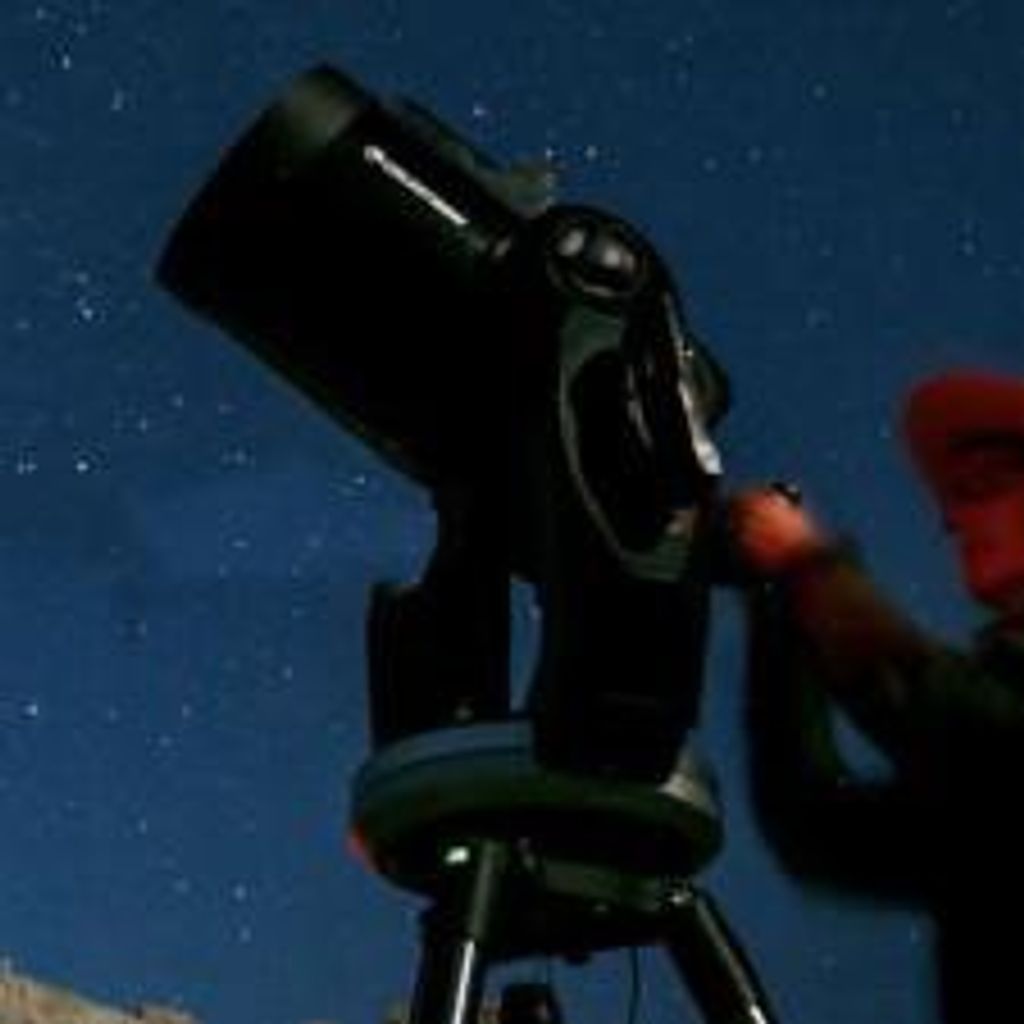Galaxies SIG Seminar
Galaxies Science Interest Group
DATE
May 7, 2025
TIME
11:00 am
COMMUNITY
Galaxies SIG
TYPE
Seminar
Connecting Galaxy Morphology and Astrophysics Using Interpretable AI
John Wu | STScI / JHU
Galaxy growth and evolution are characterized by scaling laws. These relations characterize not just the interdependence of galaxies' physical properties, but also their morphologies, which carry imprints of their formation histories. Recent advancements in interpretable artificial intelligence (AI) now allow us to directly probe the connection between galaxy appearances—at the pixel scale—and their physical properties. Upcoming wide-area galaxy surveys will be critical for studying *typical galaxy populations* across the full range of their physical properties and detailed morphologies. Moreover, interpretable AI methods will readily identify *rare anomalies* that depart from these physical-morphological scaling laws. These complementary avenues of investigation will require data-driven insights enabled by Roman, Rubin, and Euclid, as well as targeted follow-up observations of anomalous galaxies via the unique capabilities of HWO, JWST, and Hubble.
News Straight to Your Inbox
Subscribe to your community email news list
We will never share your email address.


